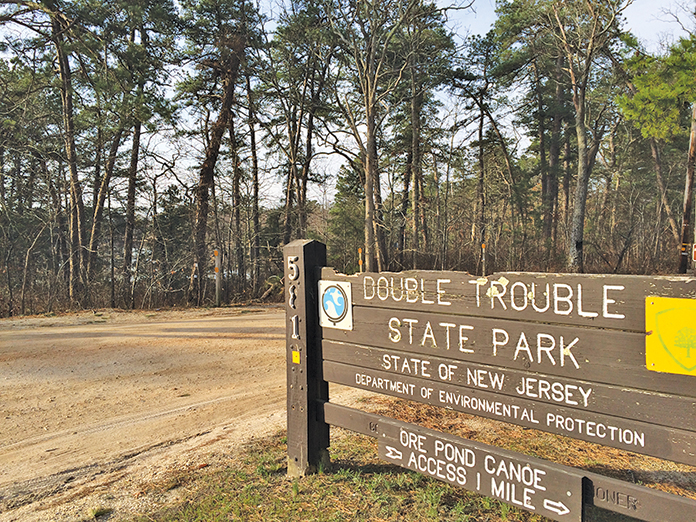
BERKELEY – Double Trouble State Park was once a busy farming community, and now it’s a critical environmental resource and home to one of the state’s most accessible ghost towns.
As it marked 60 years as a state park, Superintendent Meghan Yovankin and Park Historian Andrew Anderson recently spoke with The Berkeley Times about the park’s historical and environmental significance.
Although the land is preserved from development now, the area was a strong economic focus dating back to the colonial era.
When we see scores of trees, it makes us feel tranquil. We think of the calming effects of nature. Generations ago, the settlers here saw trees and thought of profit. The lumber industry thrived until the early 1900s.
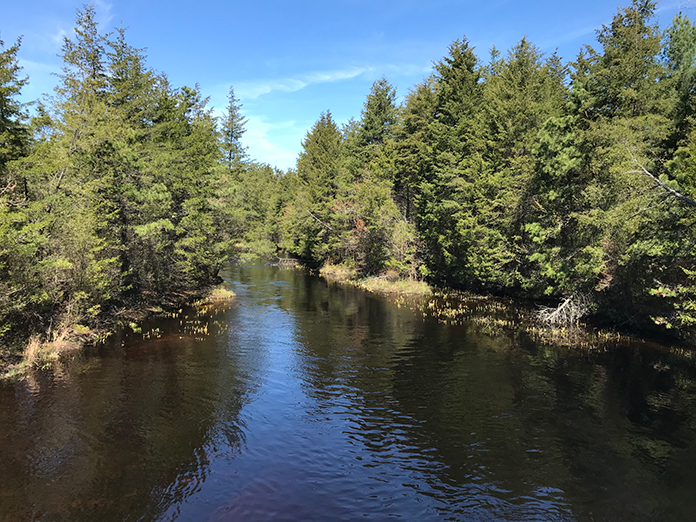
The Cedar Creek that runs through it is the second largest stream in the Barnegat Bay watershed, and its speed powered a mill. The creek remains one of the cleanest local tributaries. That’s because there’s very little waste from such things as vehicle oil. Also, the trees curb erosion and serve as a natural filter.
Atlantic white cedar lines its banks, giving the water a tea-tinted color. This wood was harvested for shingles, lathe, and clapboard. The wood was made into channel markers in the bay. Thin pieces were used as poles to support bean vines.
The wood was clear-cut and unfortunately, takes 70-100 years to regrow. That meant that the lumber industry was by its very nature an eventual dead end.
However, cranberry bogs became the best way to make money from the land. At one time, the Double Trouble Company owned 1,600 acres.
Double Trouble Village cranberry production began in the 1860s. At one point, Ocean County was producing nearly a quarter of the nation’s cranberries. The few buildings left on the property were all parts of the cranberry production of the Double Trouble Company.
Some familiar names are involved in ownership of the land that eventually became the park, like Thomas Hooper who built Hooper Avenue in Toms River. The Giberson family ran the operation until George Giberson died. In 1893, his daughter Mary sold the land to Edward Crabbe (of Crabbe Road in South Toms River) and James Porter. They bought it for the lumber but then focused on cranberries.
In the last half of the 20th century, a number of things happened that spelled the end of the industry, at least in terms of this property.
Crabbe died in 1953. The Garden State Parkway came through, taking some of the property as imminent domain.
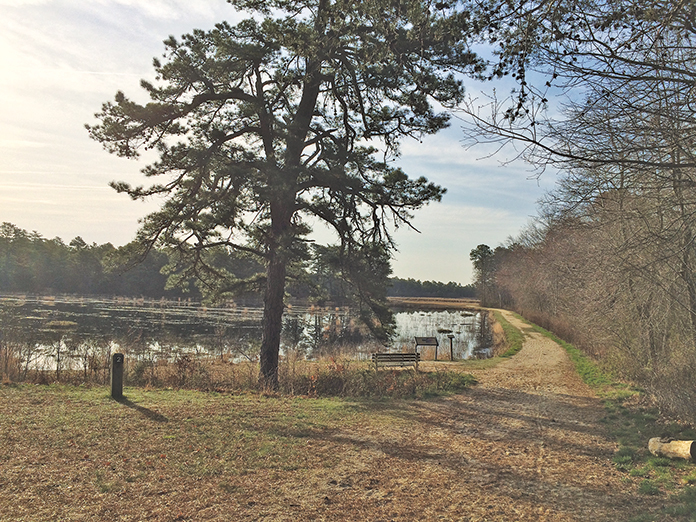
In 1959, there was a cranberry scare. Just days before Thanksgiving, the federal government put out a warning about a batch of cranberries that had a carcinogen. It didn’t matter that this wasn’t the entire crop. That year in the White House, the Eisenhowers dined on applesauce instead of cranberry sauce.
“One far west company tanked the industry for a decade,” Anderson said.
The company that Double Trouble used as a distributer dissolved. Add to this the fact that in the decades after World War II, more women had entered the workplace, so they didn’t buy whole cranberries any more. They didn’t have time to prepare them so they bought them processed, and Ocean Spray became the predominant company.
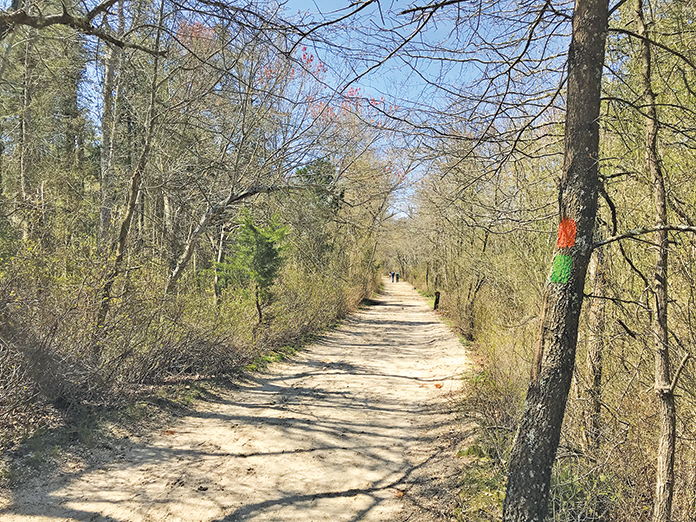
The owners and officials at the time looked for more financial purposes for the land. At one point, Ocean County College scouted it as a location. Community Medical Center considered it before choosing the Citta farm. Of course, a housing developer looked at it as well.
In 1964, the land was preserved as a state park, but the business aspect didn’t end just yet. There was still cranberry production as recently as 2010, even if it was just a fraction of what it had once been.
Now the most important plants on the land are endangered species like pink lady’s slipper and curly grass ferns.
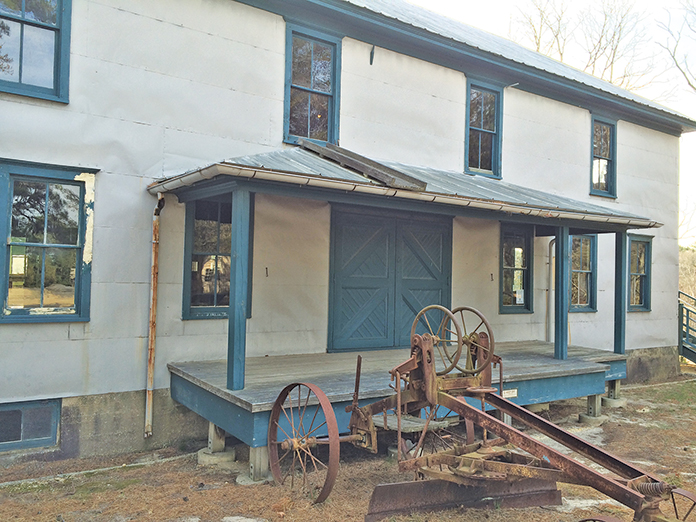
Totaling about 8,666 acres, this protected land has over 8 miles of trails. People can take their kayaks or canoes to the stream at a few locations. Birders flock here to spot migrating species and even swans and eagles.
A number of events are available throughout the year at this park. For more information, follow them on social media or visit nj.gov/dep/parksandforests/parks/doubletroublestatepark.html






